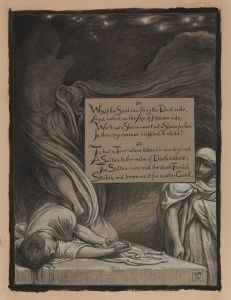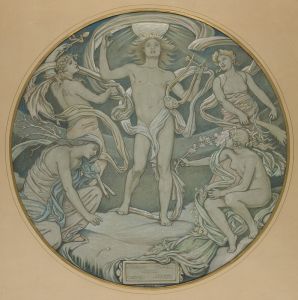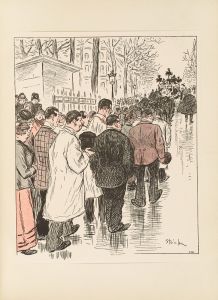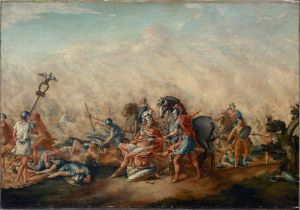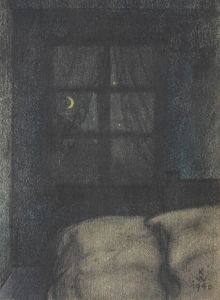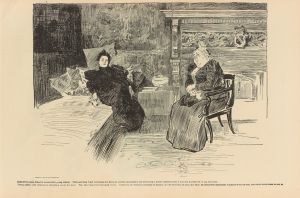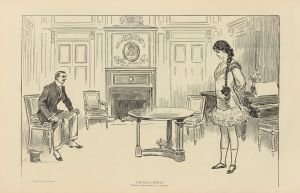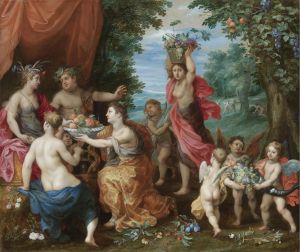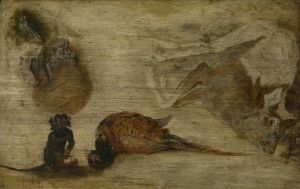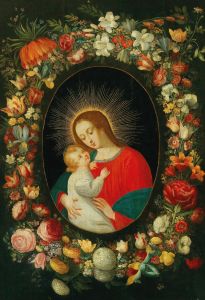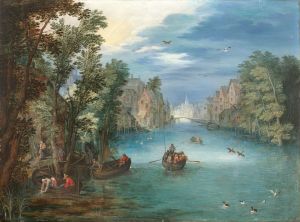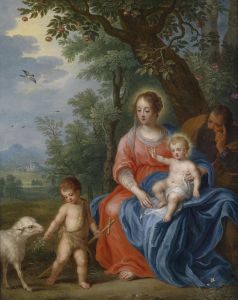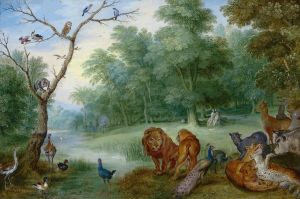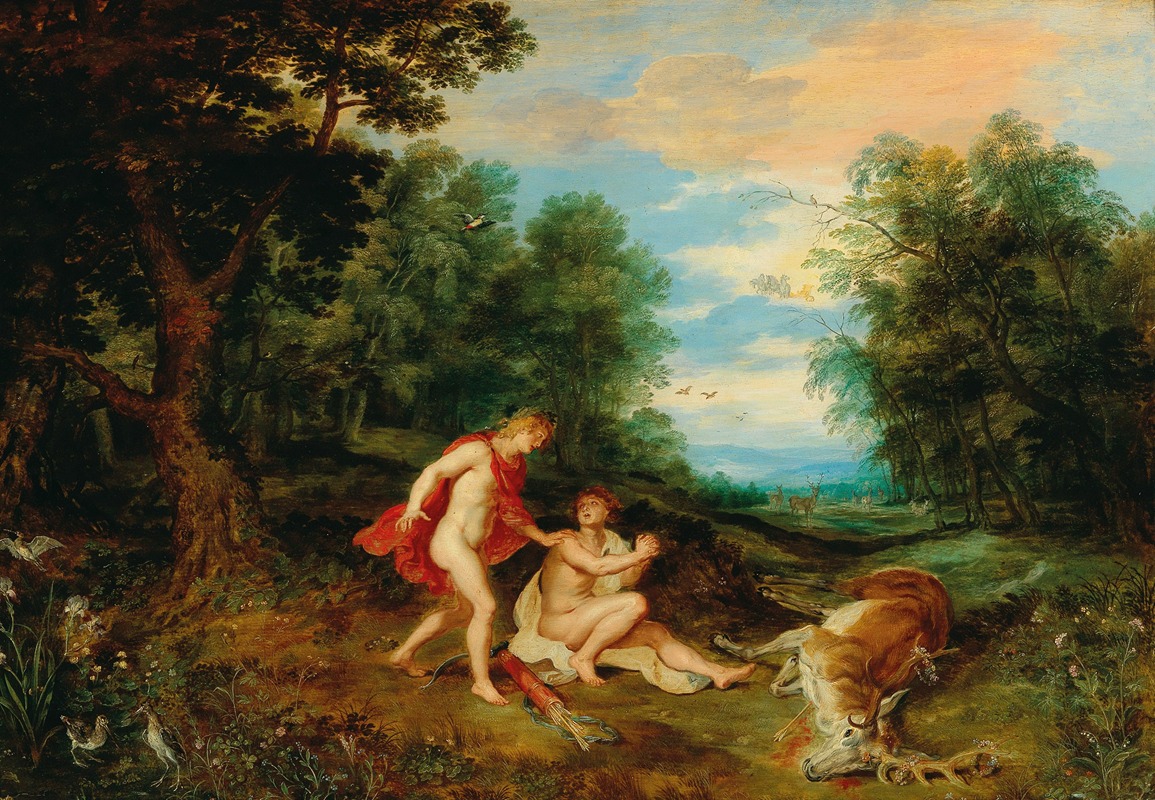
Apollo comforting Cyparissus
A hand-painted replica of Jan Brueghel the Younger’s masterpiece Apollo comforting Cyparissus, meticulously crafted by professional artists to capture the true essence of the original. Each piece is created with museum-quality canvas and rare mineral pigments, carefully painted by experienced artists with delicate brushstrokes and rich, layered colors to perfectly recreate the texture of the original artwork. Unlike machine-printed reproductions, this hand-painted version brings the painting to life, infused with the artist’s emotions and skill in every stroke. Whether for personal collection or home decoration, it instantly elevates the artistic atmosphere of any space.
Jan Brueghel the Younger, a prominent Flemish Baroque painter, created the artwork Apollo comforting Cyparissus. This painting depicts a scene from Greco-Roman mythology, specifically the story of Cyparissus, which is recounted in Ovid's Metamorphoses. Cyparissus, a young boy loved by the god Apollo, accidentally kills his beloved pet stag and is overcome with grief. In his sorrow, he asks to mourn forever, and Apollo transforms him into a cypress tree, a symbol of mourning.
The painting captures the emotional moment when Apollo consoles Cyparissus. Brueghel's work is characterized by its detailed and vibrant depiction of mythological and allegorical themes, and this piece is no exception. The composition likely includes lush landscapes and intricate details, hallmarks of Brueghel's style, which he inherited from his father, Jan Brueghel the Elder. The younger Brueghel often collaborated with other artists of his time, but there is no confirmed evidence of collaboration on this specific painting.
As with many of Brueghel's mythological works, Apollo comforting Cyparissus reflects the Baroque period's fascination with classical antiquity and its themes of human emotion and transformation. The painting is an example of how 17th-century artists interpreted ancient myths, blending them with the artistic sensibilities of their time.
The current location of the painting and its provenance are not widely documented in public records. Further research into museum collections or private holdings may provide additional information about its history and ownership.





